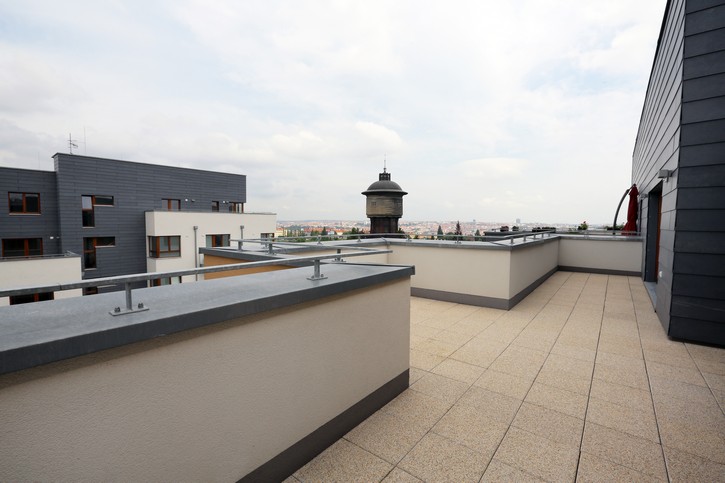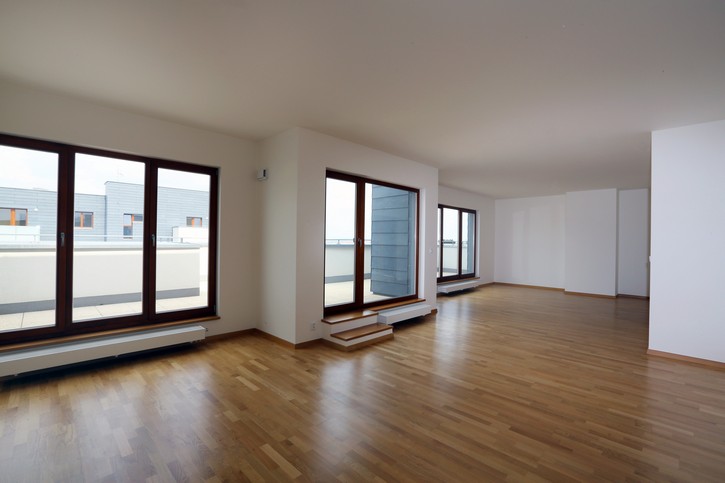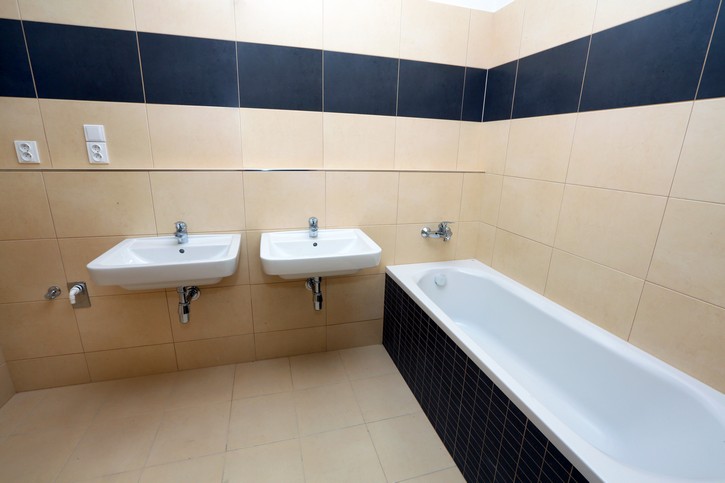The Vivus Pankrác project offered modern housing near the Pankrác and Budějovická stations on the "C" line of the metro with comprehensive civic amenities. Comprising a total of 174 flats, ateliers and commercial units, it included comfortable housing ranging from 26 m2 apartments to larger family apartments, as well as commercial units on the ground floor. The building included garage parking spaces on the underground floor. The individual apartments offered a variation of outdoor spaces from front gardens, through balconies to terraces on the top floors, which offered views of the surroundings. A playground built in the courtyard between the buildings provided family leisure facilities.
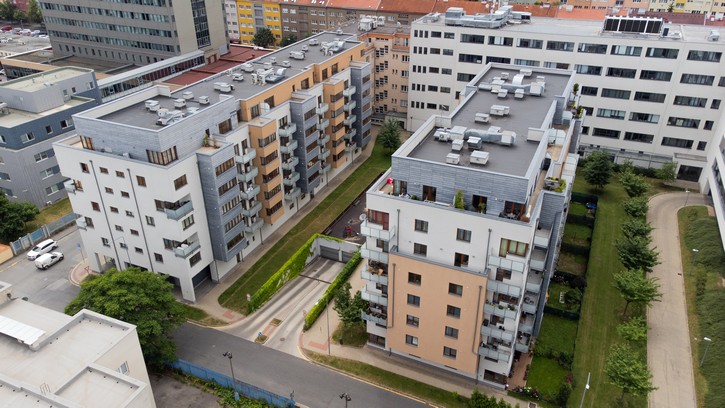
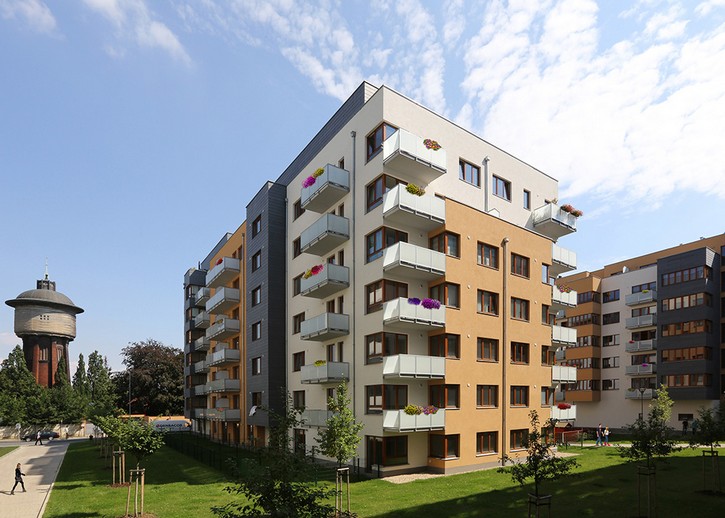
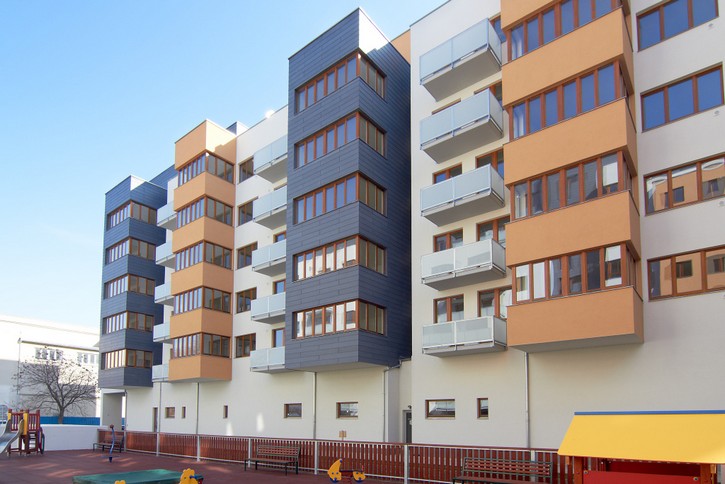
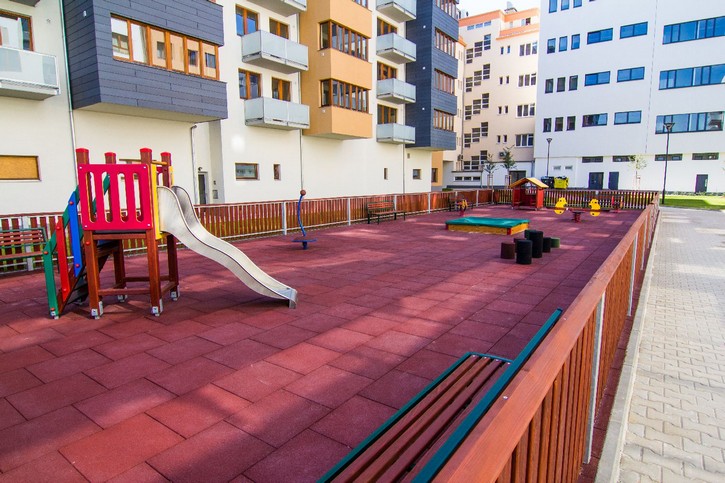
The unique combination of the quiet Hanusova street, where the Vivus Pankrác project was located at Prague 4, with its excellent transport accessibility encouraged an active approach to life. The Pankrác and Budějovická stations on the “C” metro line are a few minutes' walk away. At the same time the full range of civic amenities can be found in the immediate vicinity. In addition, just a few minutes walk away is the famous Arkády Pankrác shopping centre, which offers countless activities "under one roof" (food court, beauty salons, World of Jellyfish, etc.), so there is always something to do literally in any weather.
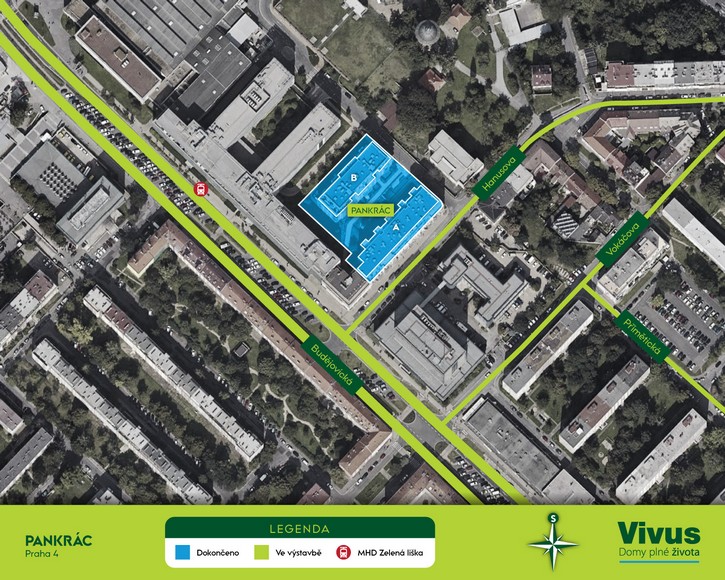
The building permit was obtained for Vivus Pankrác in September 2009. The actual construction began at the beginning of the following year. The rough construction of the building was completed in the spring of the year after, i.e. 2011. The project was already approved at the end of the year, namely in November 2011, and so the new owners started to move into the apartments at the beginning of 2012.
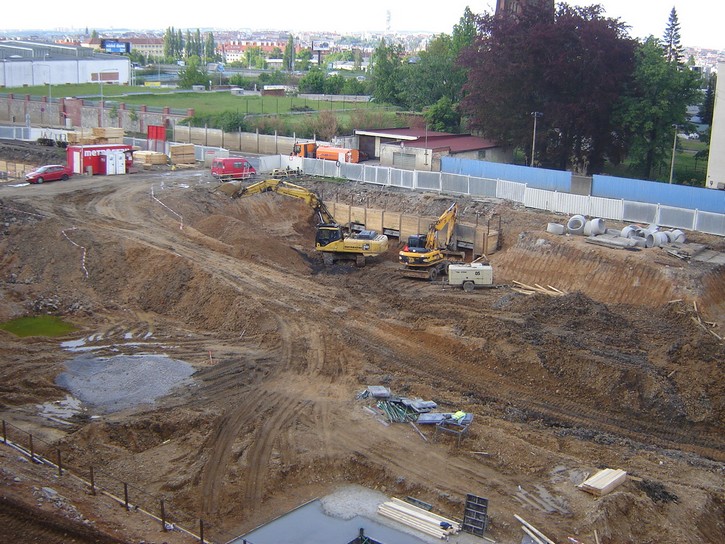
Excavation work is in progress.
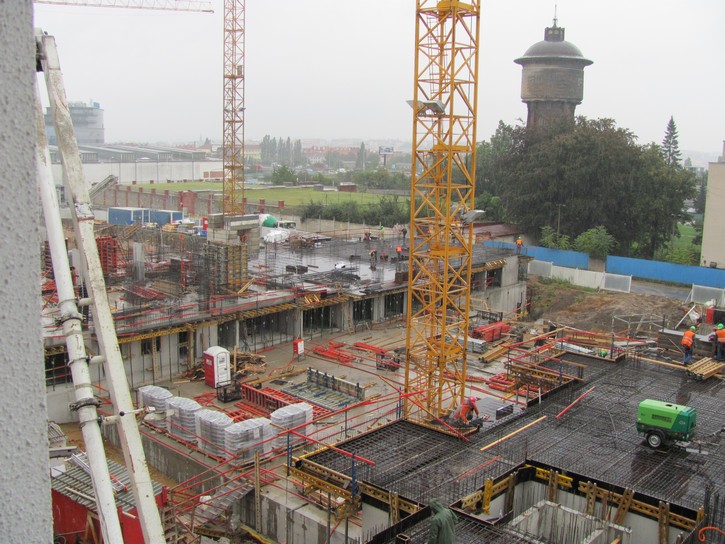
The building begins to rise above the ground.
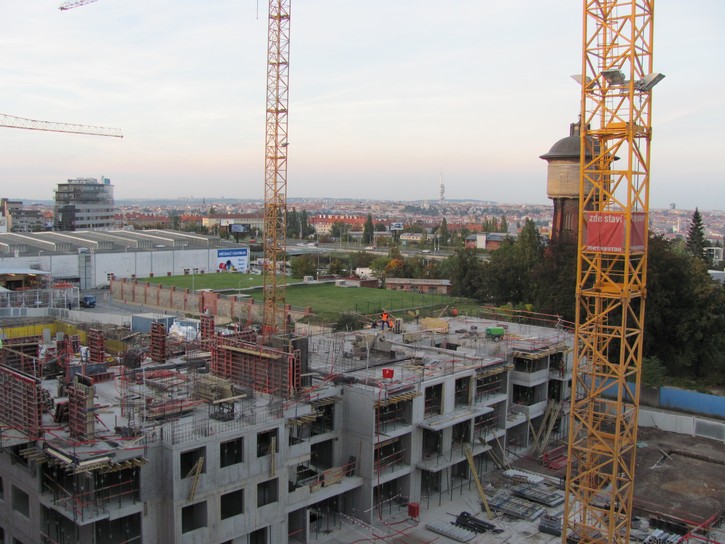
Advanced phase of rough construction.

Realization of the facade.
The apartments were built to a higher standard and included, for example, wooden Euro windows, laminate or wood veneer floors in the living areas, and bathrooms with ceramic tiles from the Italian manufacturer Marazzi. The railings of the exterior spaces were made of milk glass, ensuring sufficient privacy in this part of the project.
